Not only the palace fighting drama, but also the plant kingdom of the martial arts, but also the plant kingdom!
Author:Species calendar Time:2022.09.29
The National Day holiday is coming, watching the documentary is a good pastime. Earlier this year, the BBC launched a new feature documentary "Green Planet", which can be said to be one of the best plant documentary in recent years.
Whether you know the plants or not, you can follow the commentary of David Edenburg to appreciate the wonderful plant world than the wonderful animal world. For such a beautiful and magnificent plant documentaries, it can withstand the interpretation of various perspectives. But due to space, many of the special plants in the documentary can only flash. We summarize 10 expand knowledge points related to "Green Planet". While the Amway documentary, I hope everyone will understand more eggs hidden in the documentary.
"Green Planet" trailer, the main film is on station B | "Green Planet"
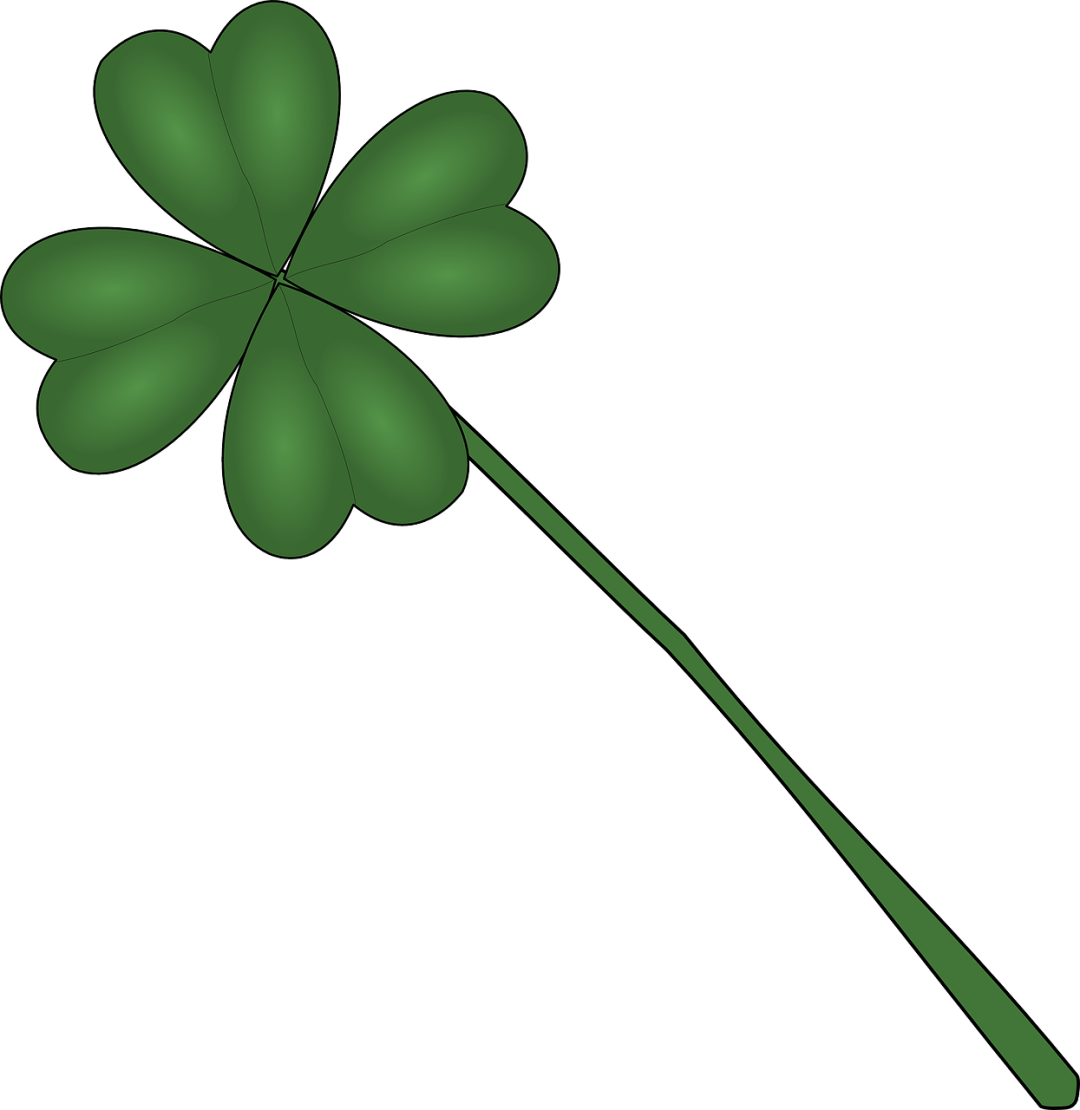
The struggle of vine plants
At the beginning of the first episode, we saw the struggle of the plant world, which was no less exciting than animals. Especially in the rich tropical rain forest, the struggle can get a place. The film was selected as a forest window formed by the tropical rain forest after the big tree was poured as a venue to show the struggle. Under the blessing of delayed photography, we can see the action strategy of plants.
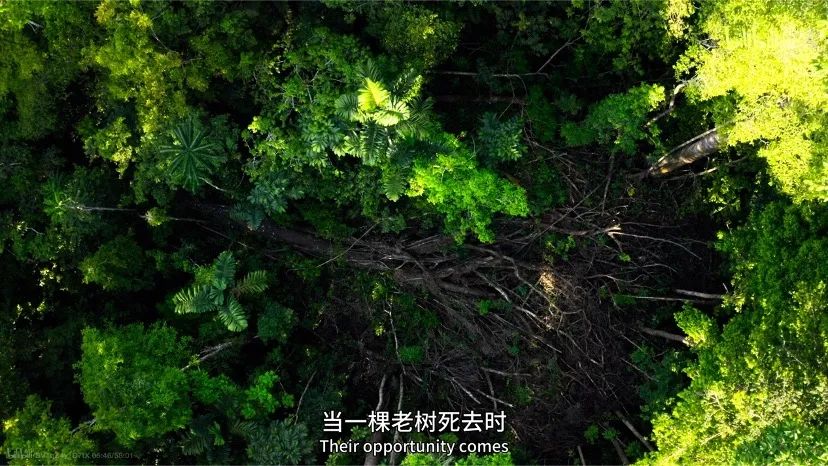
The struggle of plants quietly carried out | The first episode "Rain Forest Heaven and Earth"
The seemingly weak vine plants under the rain forest are actually very sensitive. While they grow up, they continue to use the volume to explore the climbing attachment.
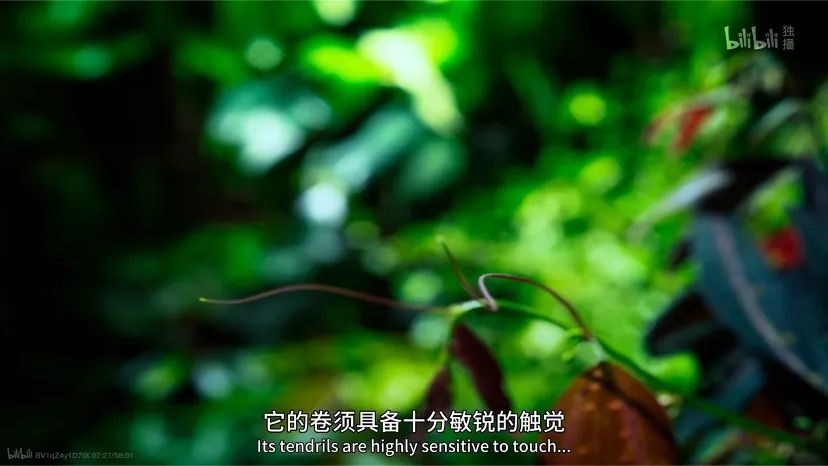
Their rolls must be extremely sensitive and can feel physical touch. After encountering an object, the vitamin will accumulate in the contact surface and the non -contact surface, resulting in the deformation of the volume, and start to quickly wrap it up, so as to pull the distance to the target, and finally take the host. Some vine plants can even feel chemical signals, and the sensitivity is no less than our skin.
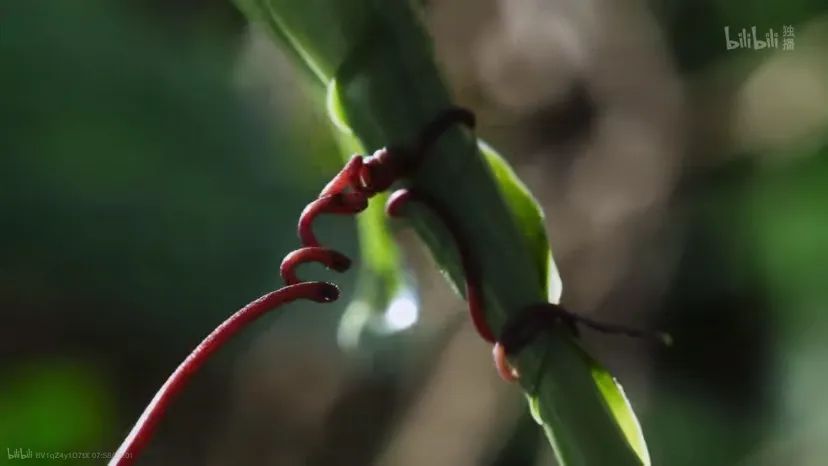
Of course, many botanicals have learned to avoid vine. For example, the light wood mentioned in the film, the hair on the leaves and the rapid growth of the blades will make Fujimoto unable to start.
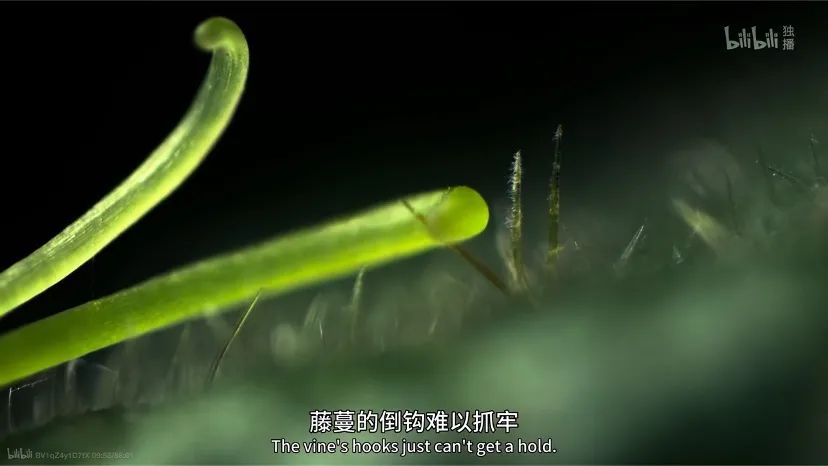
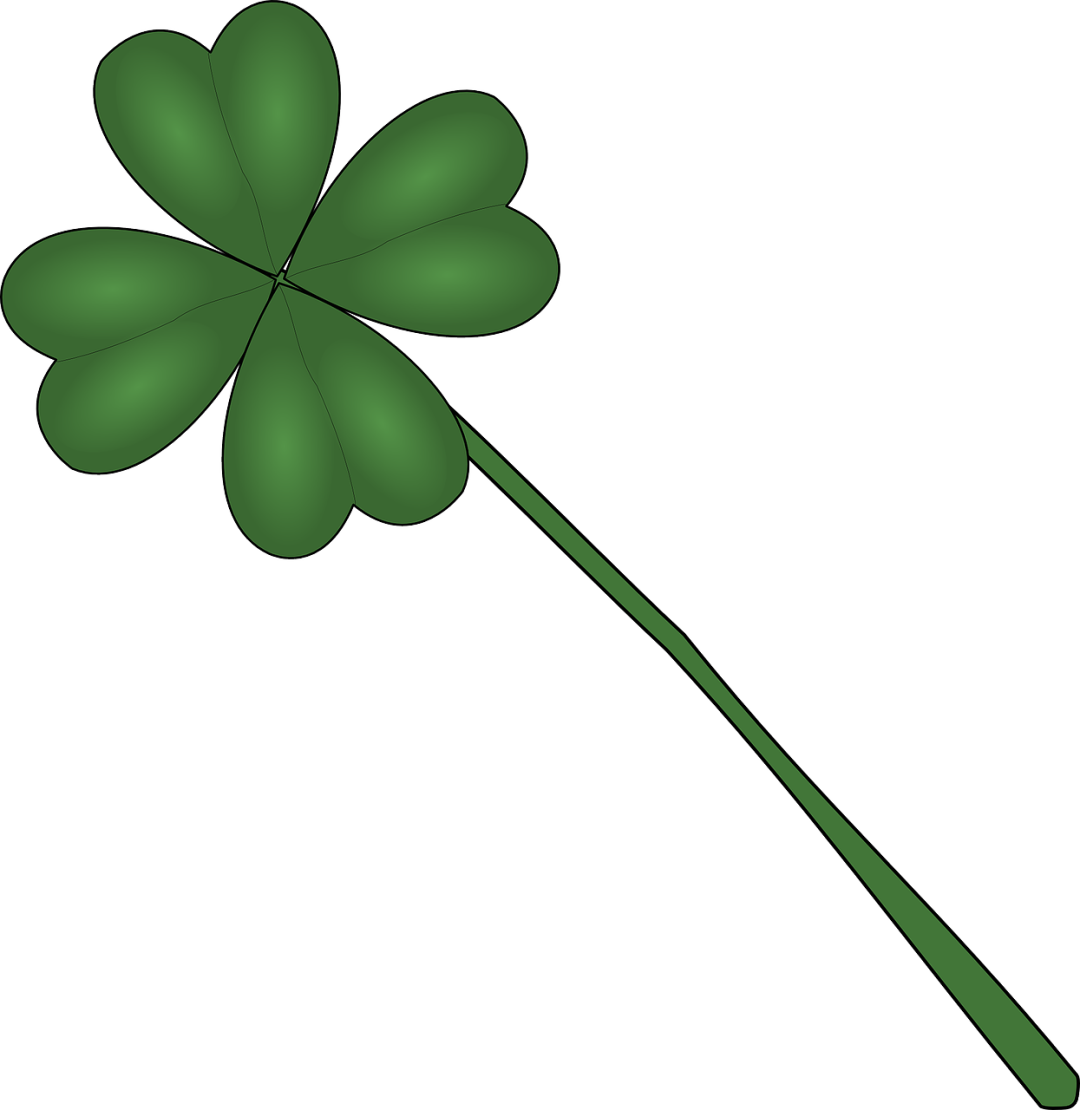
How to not be eaten? Make predators be full
In mature tropical rain forests, plants are also facing updated dilemma -the rich species network brings countless predation relationships against plants. For example, the dense predation network makes it difficult for the seeds to fall on the ground. However, plants have their own ways, such as the built-up species in tropical rain forests in Southeast Asia. They win with quantity and synchronize a large number of survival gaps in a large number of predators.
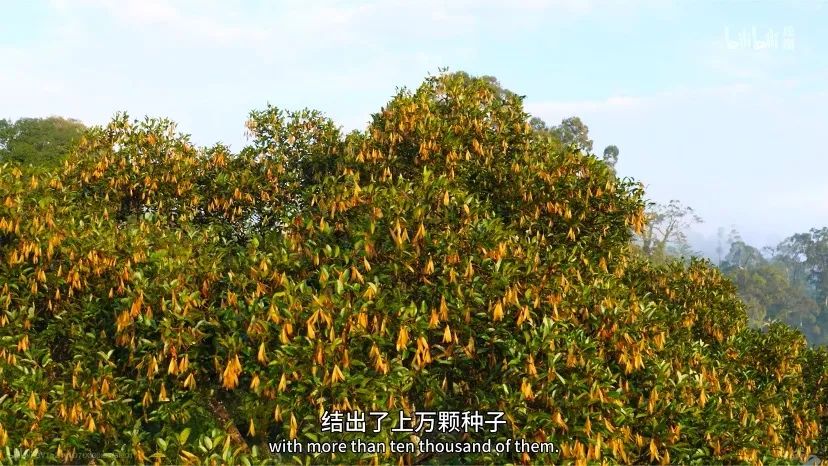
The predators can continue the population for the leftovers | The first episode "Rain Forest Heaven and Earth"
This strategy is called "Predator Satization", that is, the number of predators that can be eaten with far predators can make them unable to get busy. Coupled with many tropical plants, like many tropical plants, they have stubborn seeds (recalcitrant seed), which can be germinated directly without dormant, which can further avoid the seeds of the seeds.
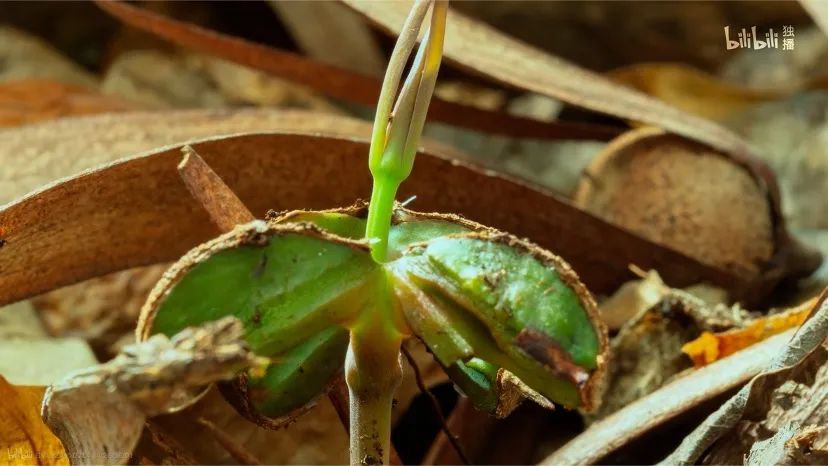
This kind of synchronization is more strongly studied in oak trees. The oak trees can even achieve a lot of simplicity across species, so in the abundant year, the rubber can be stuffed with the trail under the oak forest. Locals in Europe have already known this phenomenon. They will use a large number of strong rubber to raise pigs and drive pigs to the mountain to increase fat.

Big Year of the Year of the Year | Très Riches Heuses
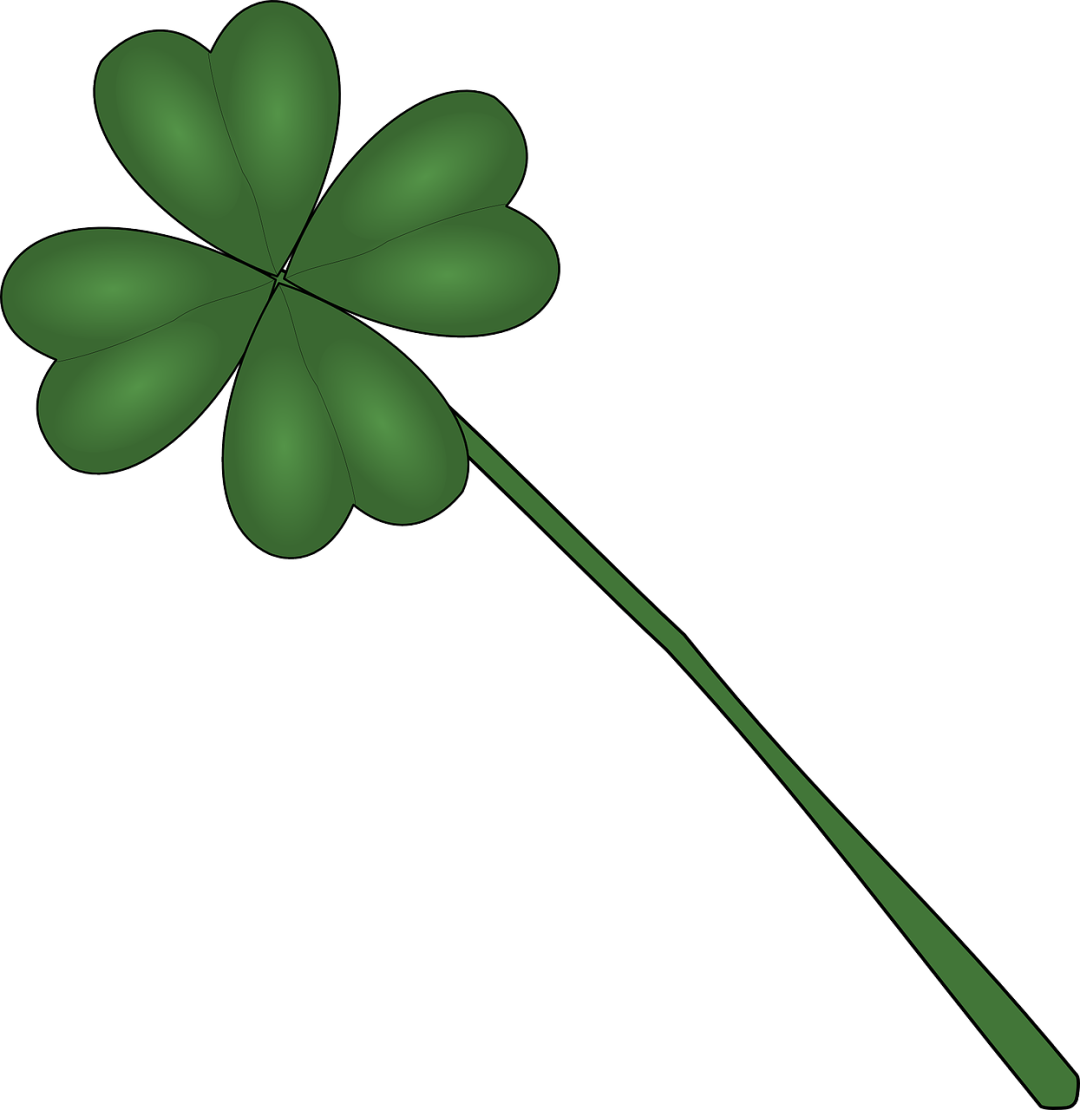
Wang Lian's true face
In the second episode of "The World of Aquatic", the most colorful one is undoubtedly Wang Lian. I didn't expect to study plants. At the same time as the thorns of Wang Lian's leaves, they could also roll the surrounding plants while growing and stretching.
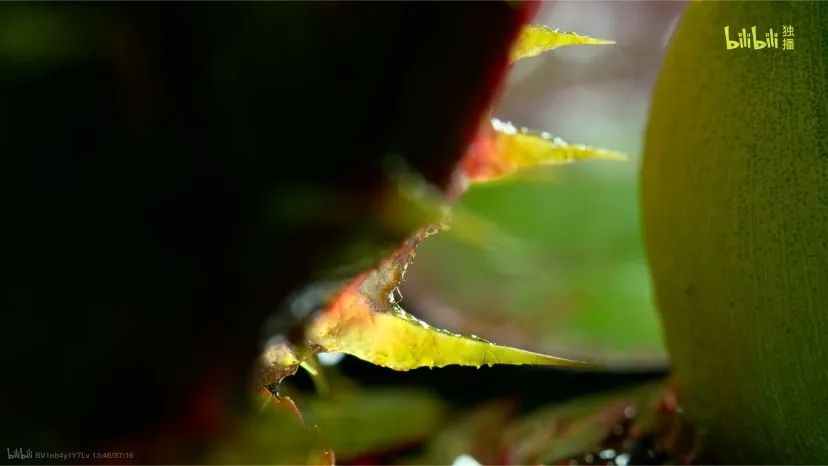
Take a look at Wang Lian's thorn | The second episode of "Aquatic World"
Before I watched "Green Planet", I always felt that these thorns on the back of Wang Lianye were to prevent underwater animals from eating. But when the documentary is delayed to show its growth process, the use of the thorns can emerge. It turned out that when the leaves were not unfolded, the thorns of the leaves stretched out and rolled from the leaves to protect the buds. As the leaves grew and expanded, the thorns could also clean the lake surface. Lion King on African grassland. Silko's "Eavesdropping"
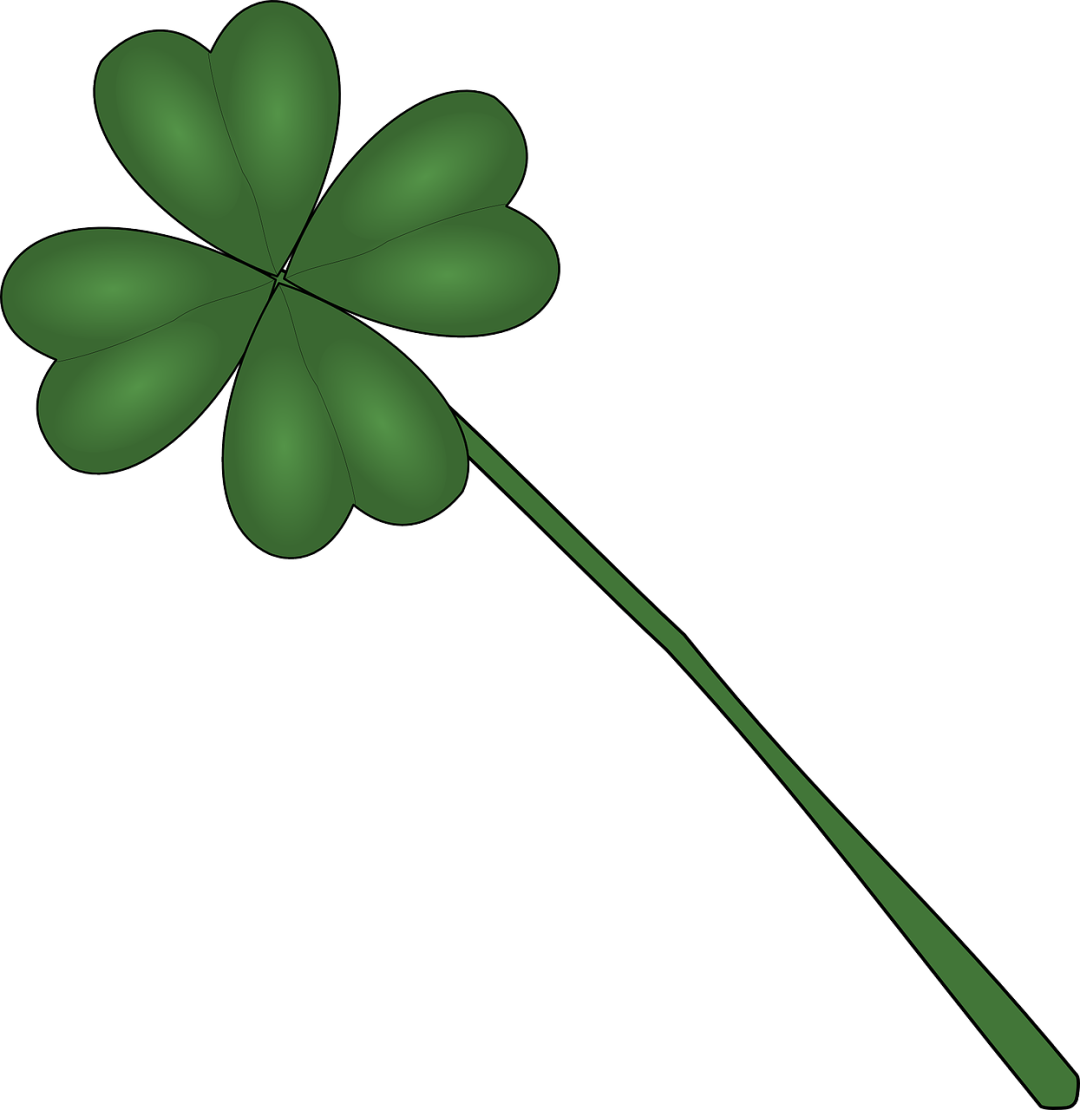
In the third episode of "Four Seasons", parasitic plants can use odor to follow the smell, track contact with different plants, and use the suction to steal the nutrition of the host.
主 菟 菟 can find the host | The third episode "Four Seasons Missing"
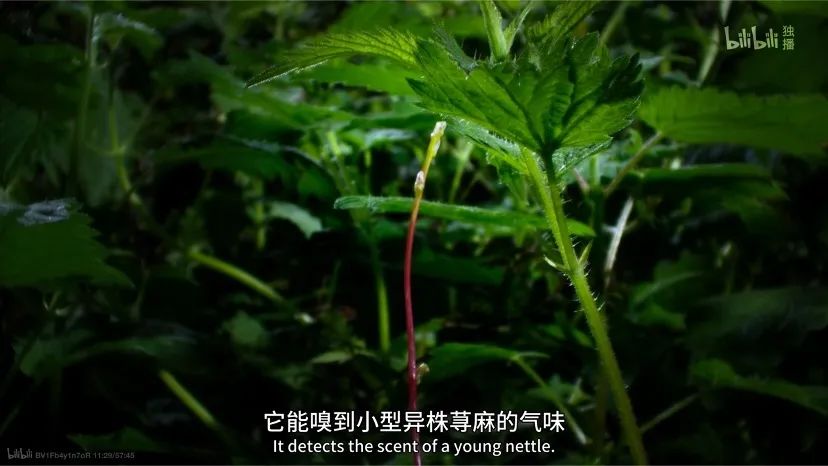
Many people think that the impact of parasitic plants on the host is completely negative, but it is not. Silko can use himself as a bridge to pass the signal of insect pests between different plants. Of course, Silko helps the host, which is essentially just profit for himself. After all, pests infringement of the owner is to infringe on his own food.
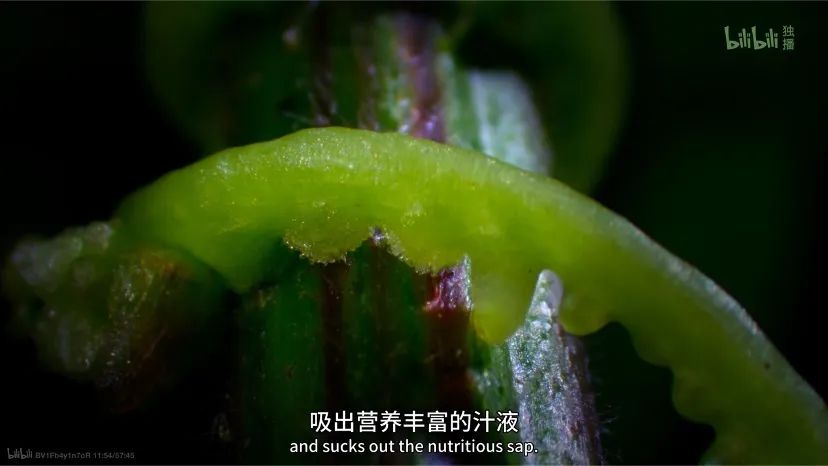
Through the connection with the host, Silko can even eavesdo the host of the host, and simultaneously bloom with the host plant. In order to achieve their perception of the four seasons and complete their own life history.
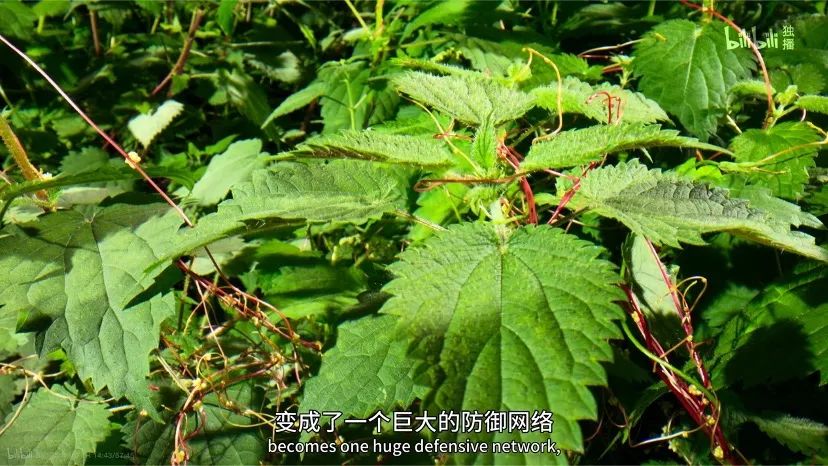
The popping sound of flowering
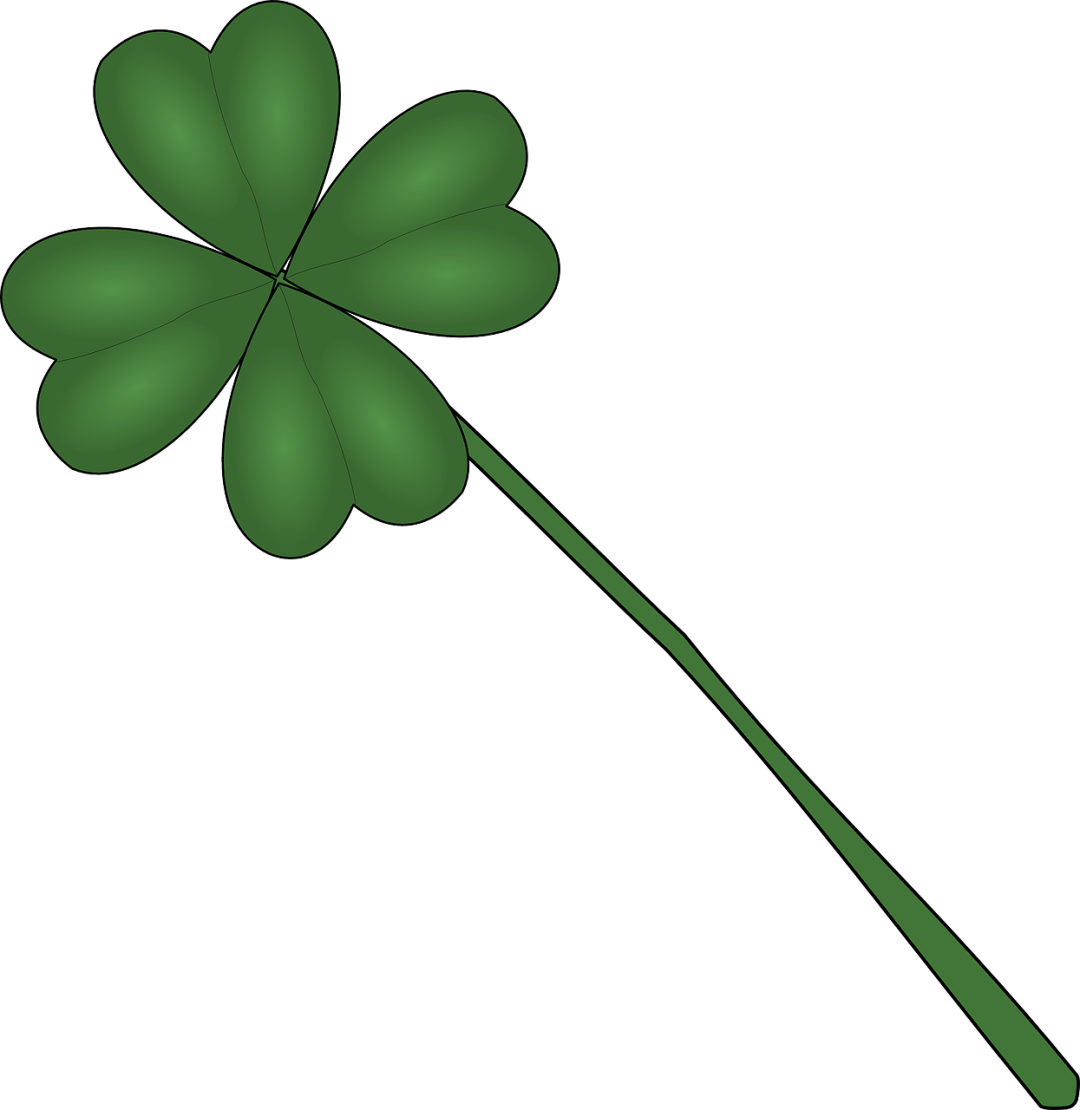
In South Africa's representative hard -leaf bushes, fire is part of the ecosystem, and plants have evolved to adapt to regular fire.
Many fire -resistant mountain dragon ophthalmic plants are very common here, and the documentary enters the clip of their climate flowers -but when watching the video, they will find that they will make a crackling sound.
Mountain Dragon Ophthalmology Blossoms | Episode 3 "Four Seasons Missing"
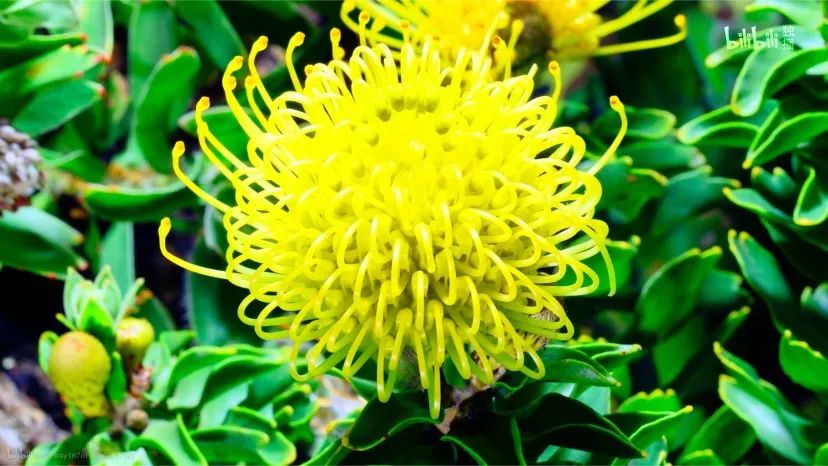
This may be the sound of the plant bouncing stigma -when the pollen has fallen on the stigma, they will achieve the secondary presentation of pollen through the stigma. This is usually to ensure that the male and female stamens are in the same position in reproduction, which is convenient for glory pollination.
After 15 years of dormant, only appeared after the fire
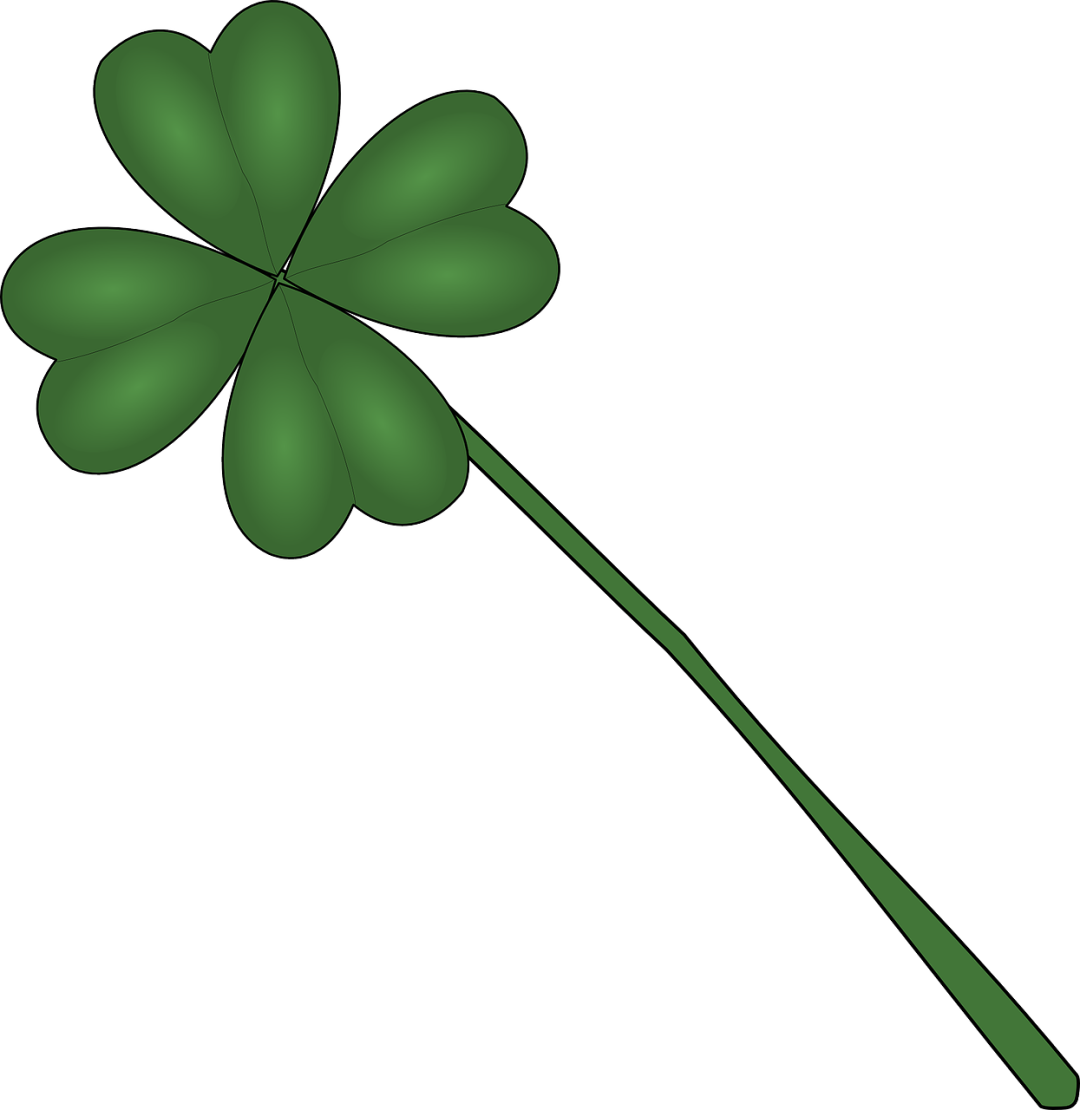
It is also in the part of fire, and the documentary also tracks the "fire lily" in South Africa.
This is a cyrtanThus VentricOSUSus, a roots that adapt to fire. It buried the buds in the form of the ball stems to avoid natural fire, not easy to get out, and it was 15 years. It wasn't until the fire burned that they suddenly emerged from the ground and blooming bright yellow flowers. At this time, it became extremely dazzling, and they could quickly attract birds to visit the flowers.
The "fire lily", which is very eye -catching in the ruins, can be favored by birds | The third episode of "Four Seasons Missing"
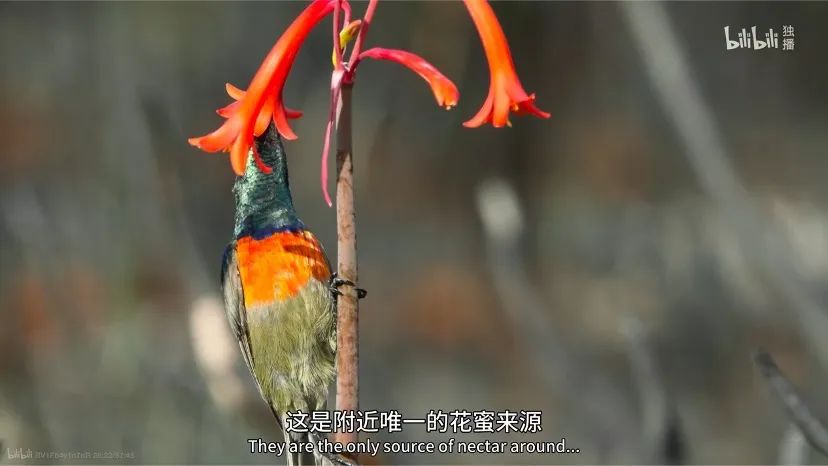
However, how did it know the fire burning in the ground? In fact, the fire will change the temperature of the surface, and the ashes after burning will even change the physical properties of the soil, which is a rich and complex signal for plants. Studies have found that the flame vertical flower is triggered by the most direct fire signal -that is, the smoke itself.
Flame hanging tube flower | "Green Planet"
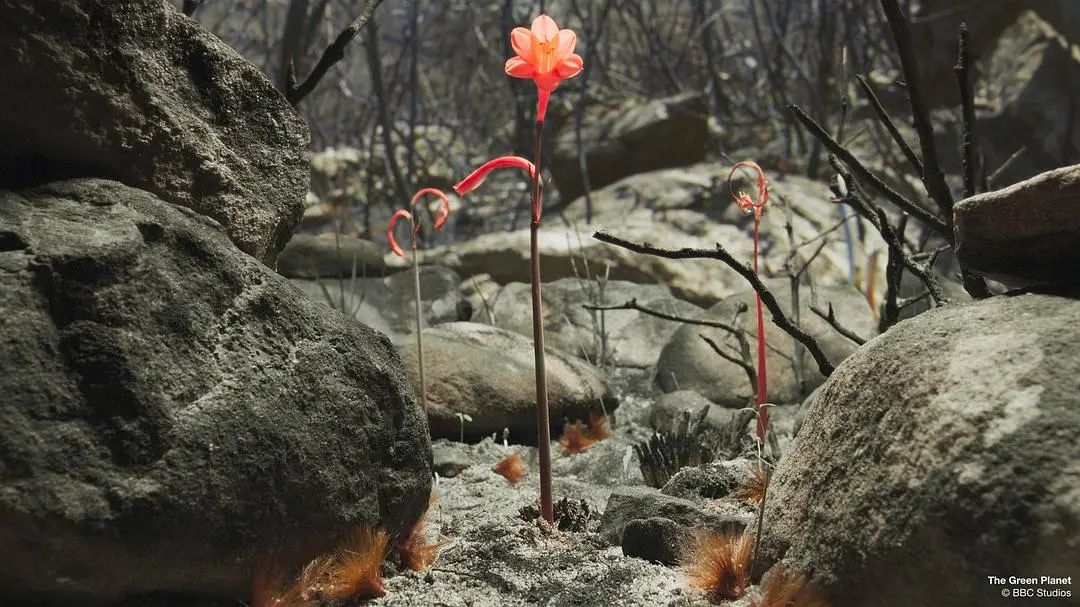
Flame vertical flowers are dormant for 15 years, which is indeed shocking; but they are not alone, and fifteen years are not even the longest. In South Africa, a ginbolus (Lachenalia Sargeantii) has not seen traces since it was described in 1971. It was not until 32 years later, and they appeared again in the accident after a fire. In addition to them, South Africa may still have more balls that adapt to fire.
Connected tree
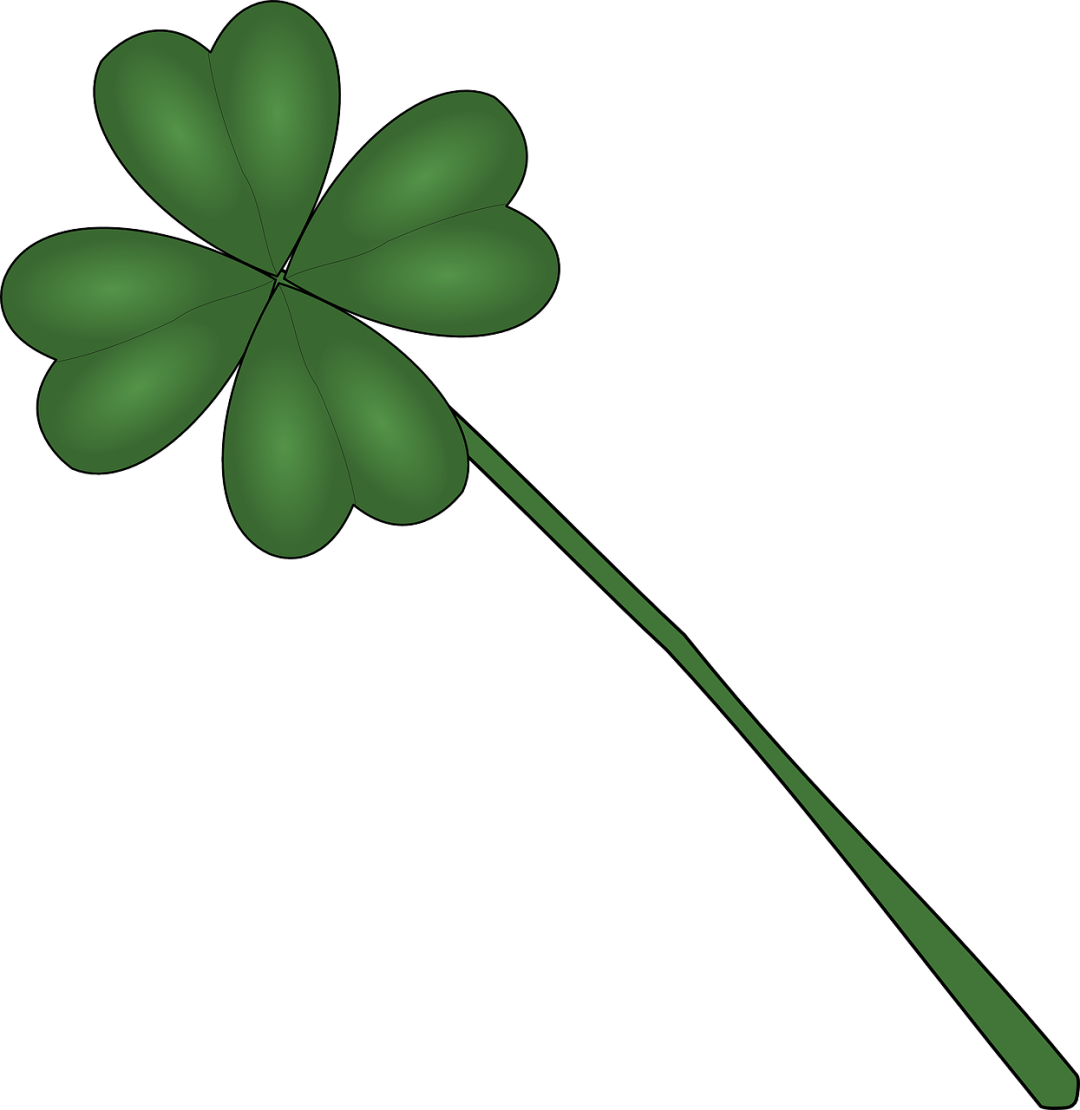
Bacteria growing out of sub -entities in autumn, but in fact, the mycelium buried underground is the main body of the fungus. They are connected to the root of the plant to form the mycorrhizal networks.
In the underground that cannot be seen, there is a huge network hidden | The third episode of "Four Seasons Missing"
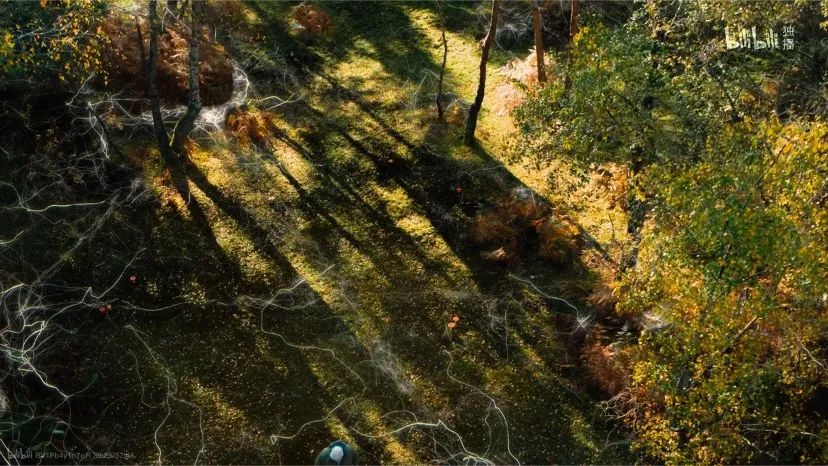
Big trees can also pass the common root network interconnection to transmit substances and signals. As if the real Avatar world, the old trees in the forest form a network hotspot, connect the young trees, and serve as their patron saint-the "The Wood-Wide Web" in the documentary to describe this network system.
The word comes from research articles published in the "Nature" magazine in 1997 in SUZANNE SIMARD. The cover of the journal is named the Wood-Wide Web.

"Nature" introduces this research with The Wood-Wide Web's title | References [1]
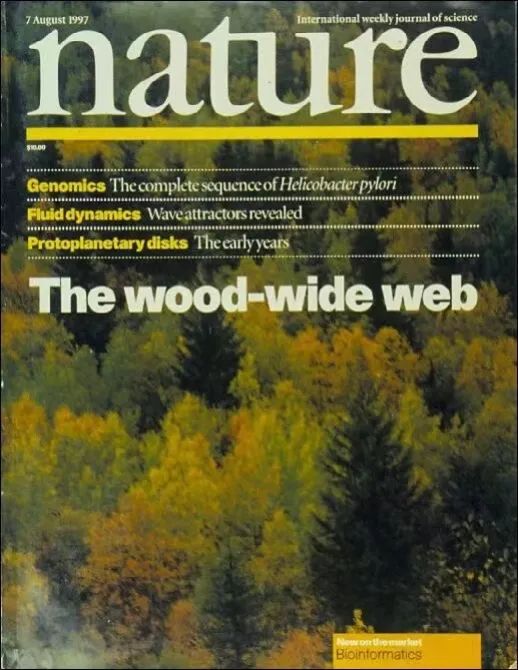
This study opened the door of this world and confirmed that the underground root network was connected to each other. Like the Internet we created, signals and nutrition between different individuals. The "Wood-Wide Web" also corresponds to "World Wide Web".
Moisturizing technique of desert cactus
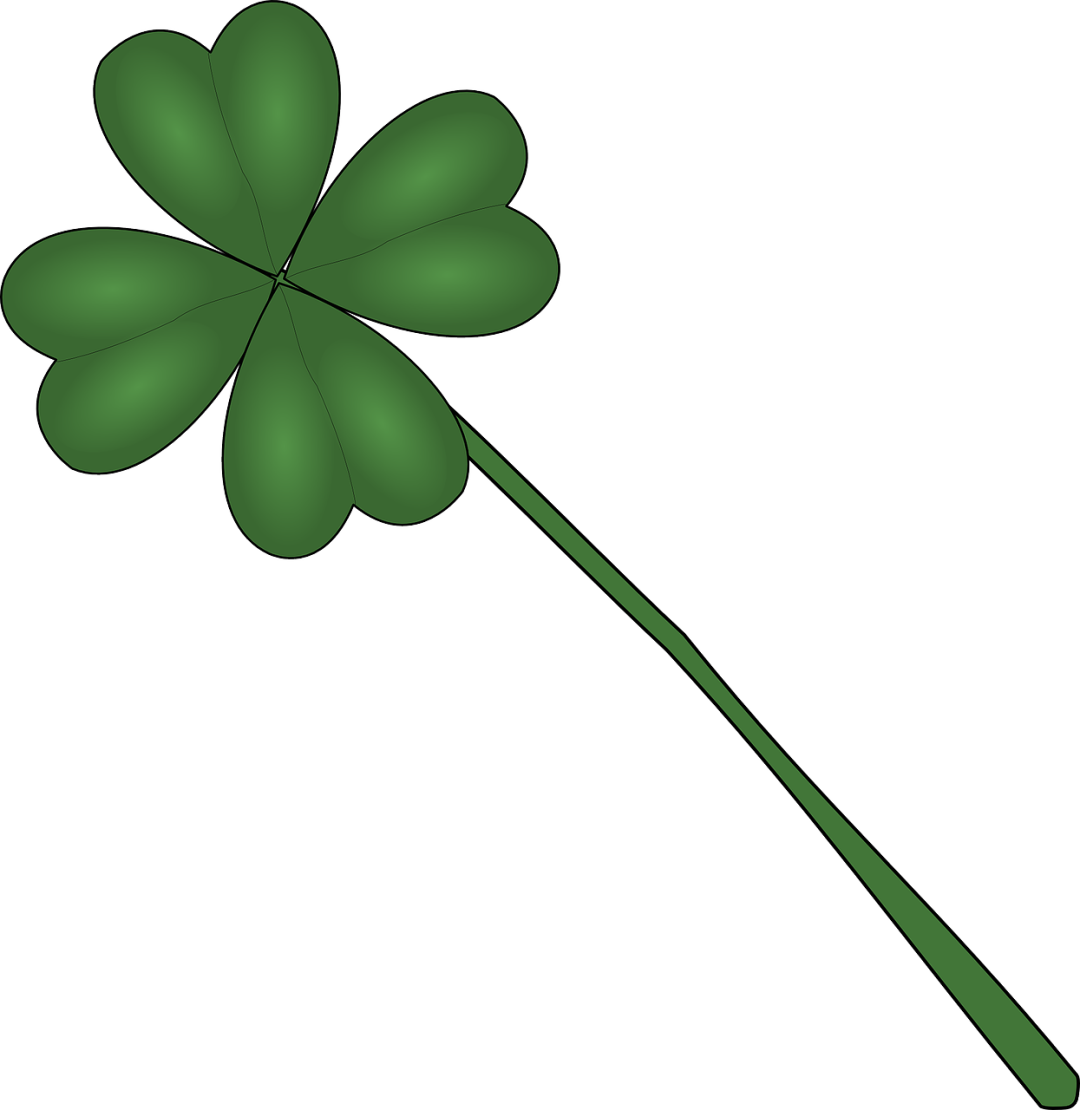
The fourth season of "Desert World" focuses on how the giant columns survive in drought -their leaf degeneration, the stems of the stems are built with vertical grooves and ridges. The pipeline of water is set when rainfall.
The veritable giant pillar | "Green Planet"
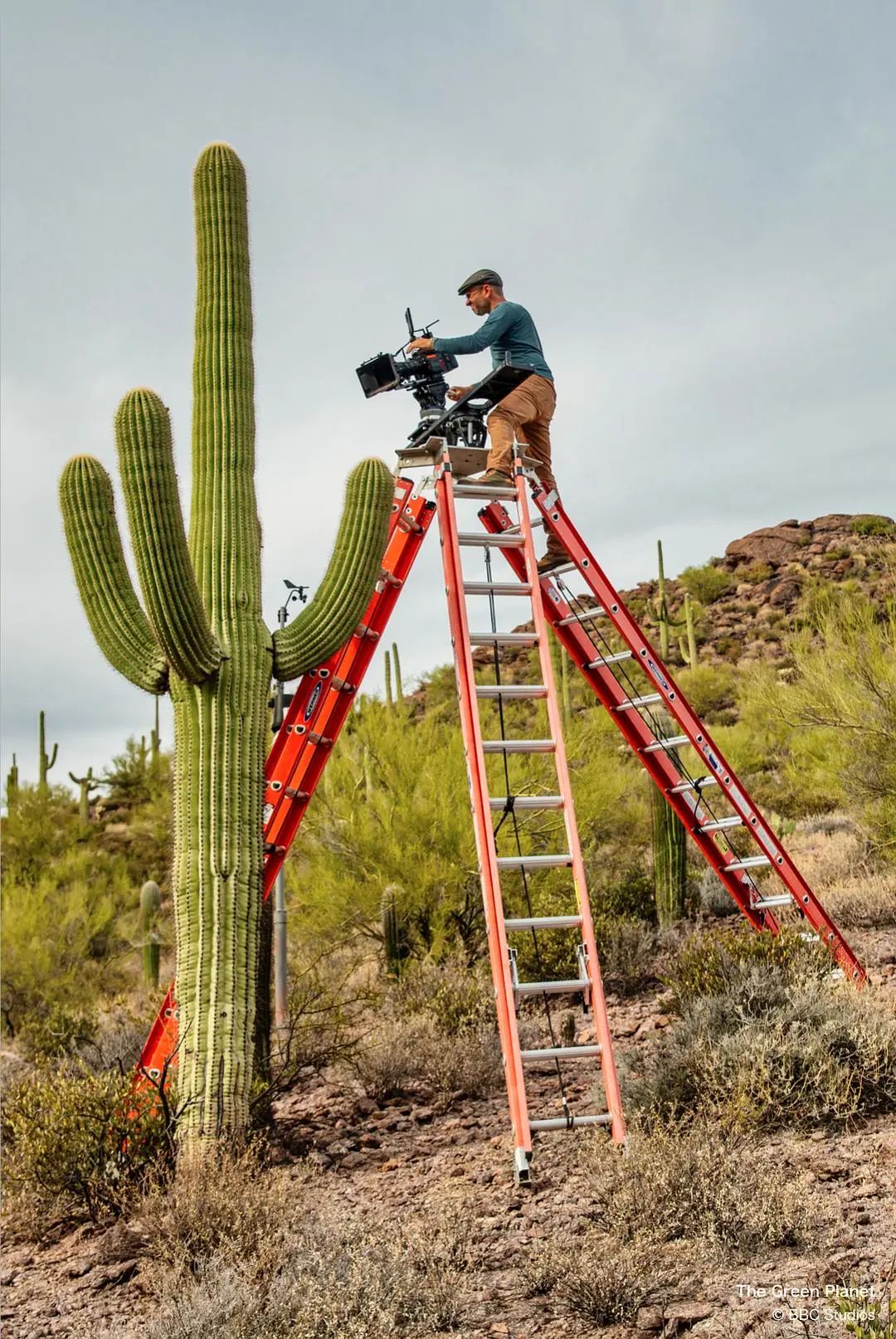
But the cactus in the desert will not easily let go of the rare moisture. Therefore, they not only collect water with thorns, but also collect misty water through thorns.
Episode 4 "Desert World"
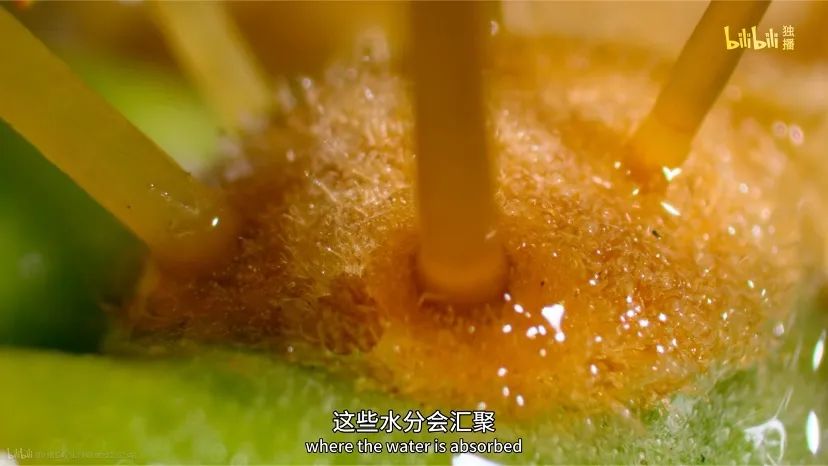
There is a microscopic longitudinal spine structure on the stabbing of the cactus family. After the mist condenses, it flows down and collects it in the thorns. The thorn seat and the thorn form a continuous body of water collection, without letting go of any form of water. Fairy palm thorns that can collect fog stabs | References [2]
Nanny
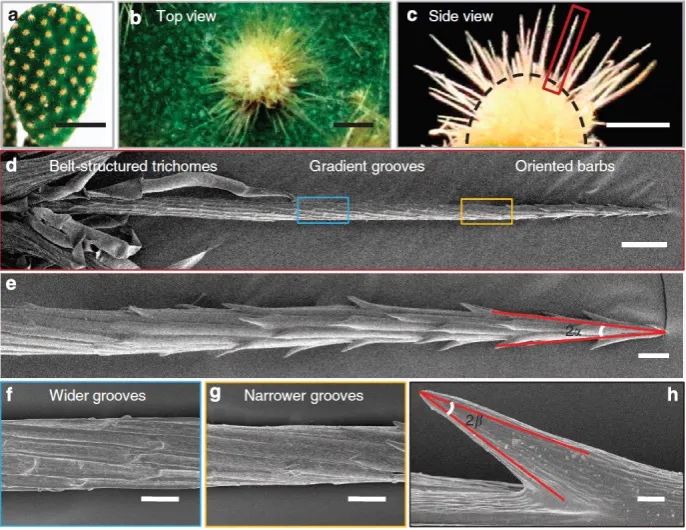
When explaining the giant pillar in the film, the mutually beneficial relationship between the Mai Doudou and the fairy column. We generally think that competition relationships are dominated between plants living in the same domain; but now the research found that when the environment is strict, the mutual aid relationship between plants may be upset, they will help each other, and they will fight against each other and fight against the harsh environment together. Essence

Plants that provide asylum for other species are called "Nurse Plant". The groundwater will also be absorbed to the surface to help the giant pillars on the side get water.
There are similar nanny plants in the mountain environment. In high mountains, cushion plants not only create a suitable micro -loop for themselves, but their mats have also become asylum for other plants. Therefore, the diversity of plants within the range of cushioning plants is often higher than the surrounding environment.
Plants changed by the city

The fifth episode of "Agreement and Communist Party" focuses on the relationship between humans and plants. Humans and plants are interdependent -on the one hand, the urban environment created by humans has split the original habitat of plants; on the other hand, plants have spread into the city again and again, although sometimes they can only find a place in the gaps of the dirty dirt, But they have embarked on the way to adapt to the urban environment.
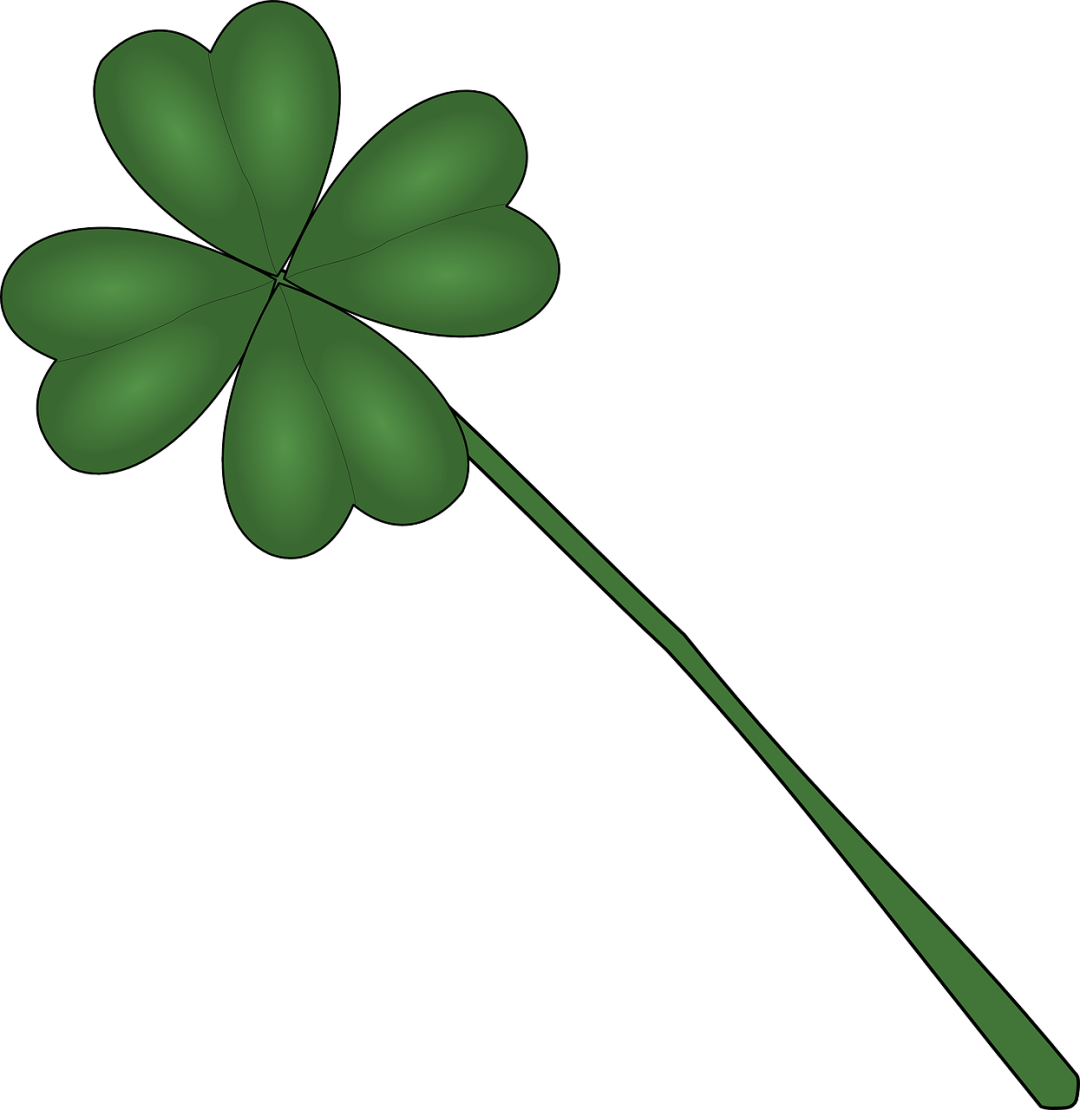
Plants that find first -line vitality in the city | Episode 5 "Resort and Communist Party"
Crepis Sancta can only live in such a gap in the city, leaving a small open space left for the sidewalk tree. Fortunately, they have light seeds that can be spread from the natural lives around the city again.
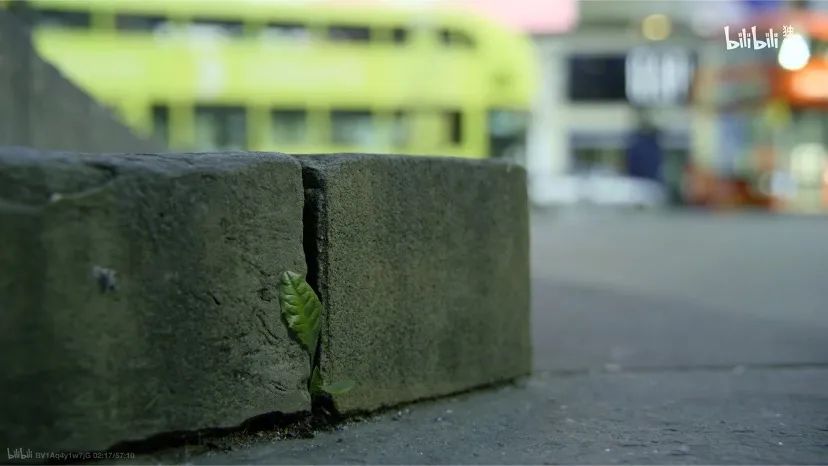
Rabbit 空 lives in the gap in the city | References [3]
Interestingly, after occupying the city's space again, the seeds of rabbits are heavier than in nature. This is a strategy to abandon the diffusion. In other words, they "know" they can't spread themselves, thus making compromises -after all, except for this small place, the rest of the places are mixed with steel bars that cannot be tied in.
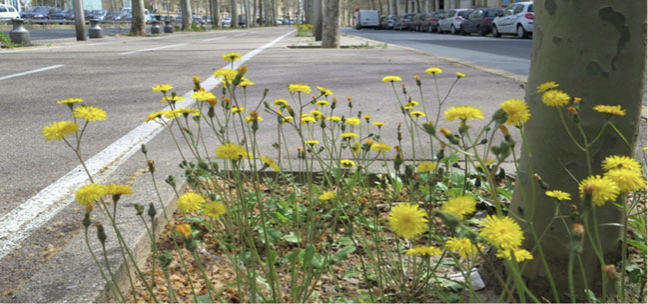
Rabbit seeds become heavier in urban habitats (Figure right) | References 4
This is very similar to the island effect. When the plant spreads to the island, some will also lose the spread (such as the famous sea coconut). Because the seeds around the mother plant can survive, the seeds of the seeds are getting bigger and bigger, and they have become larger and bigger.
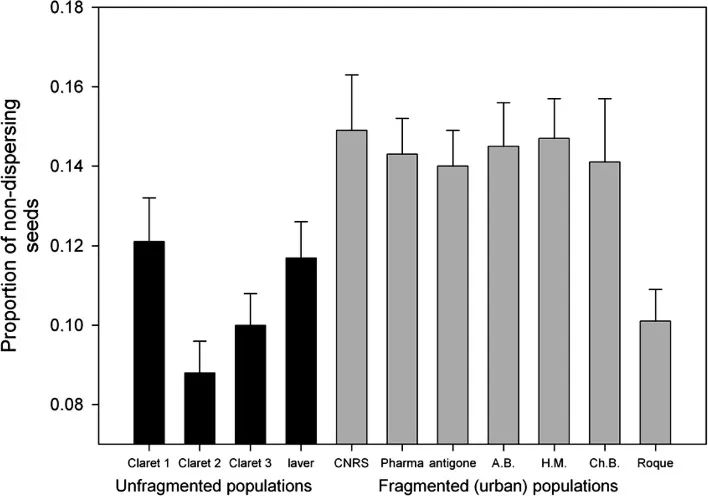
To some extent, the city is indeed like a artificial island of plants.
Little holiday is better to follow the old man to see the plant | "Green Planet"
"Green Planet" provides us with a window to understand the plant world, and believes that it will become the enlightenment of many people for plants. I hope this article can help you, and on the basis of enlightenment, further understand and tap the magical plant world.
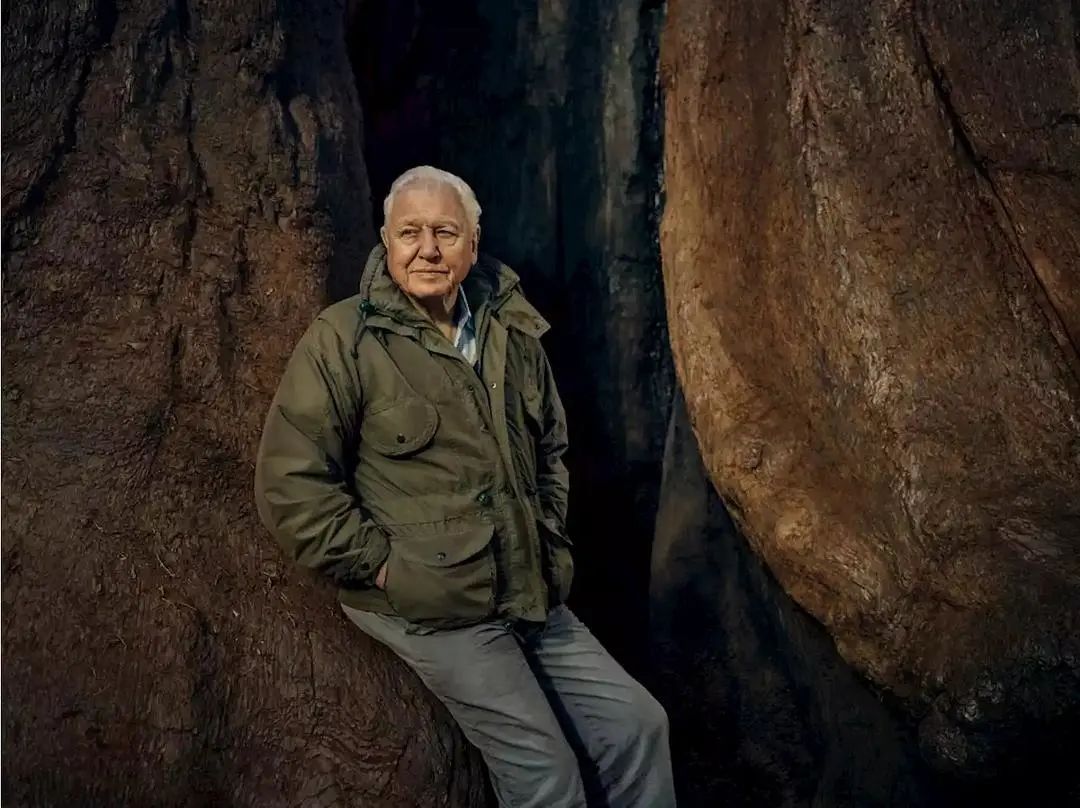
references
[1] SIMARD, Suzanne W., ET Al.
[2] ju, jie, et al. "A multi-Structural and Multi-Functional Integrated Fog Collection System in Cactus." Nature Communications 3.1 (2012): 1-6.
[3] OTTO, Sarah P. "Adaptation, Speciation and Extinction in the Anthropocene.
[4] ju, jie, et al. "A multi-structural and multi-functional integrated fog collection system in cactus." Nature Communications 3.1 (2012): 1-6.
Author: Zhou Fang
Edit: Mai Mai
- END -
Why are these three types of vertebrates conquered the sky?

Review expert: Ran HaoWell -known science writerSoaring in the blue sky is the lon...
My voice gave me the connection between strength, sound and control | Daily cans

The daily cans are a psychological taste and grain column of psychological taste.U...